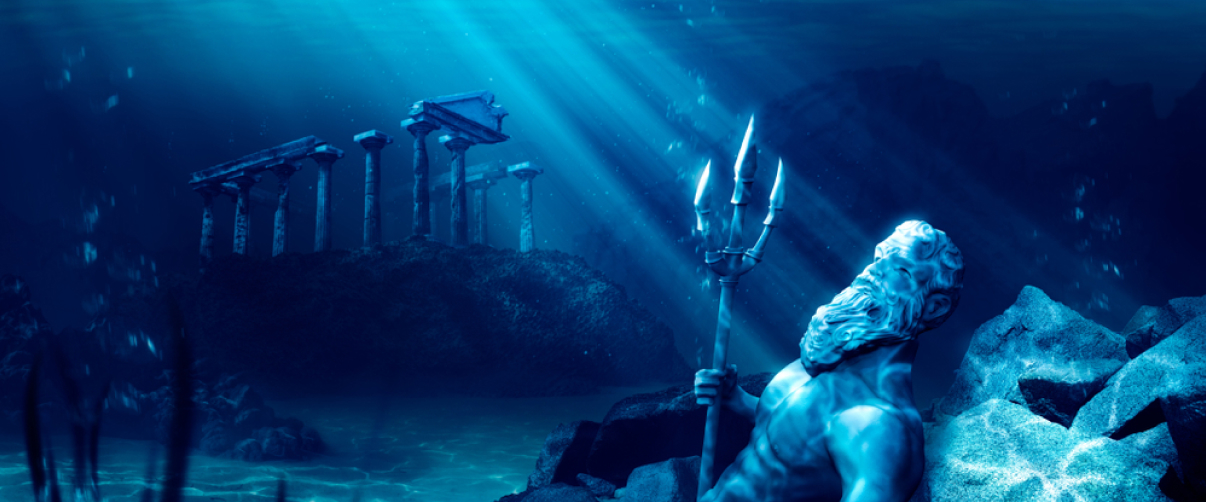For centuries, the allure of mythological lost cities like Atlantis and El Dorado has captivated explorers, historians, and dreamers alike. These legendary places, often described as realms of immense wealth, advanced civilizations, or divine wisdom, have fueled countless expeditions and inspired myriad stories. But what is the real story behind these mythic cities? Are they purely the fabric of human imagination, or do they hold kernels of historical truth waiting to be unearthed?
The Real Story Behind Mythological Cities Like Atlantis and El Dorado

Atlantis: The Sunken Civilization
First mentioned by the ancient Greek philosopher Plato around 360 BC, Atlantis was described as a powerful and advanced kingdom that sank into the ocean in a single day and night of misfortune. Plato’s depiction of Atlantis was intended as an allegory on the hubris of nations, but over time, many have speculated about its possible existence. Theories abound regarding its location, with suggestions ranging from the Greek island of Santorini to the Caribbean.
Modern scientific methods have been employed to search for Atlantis. Utilizing technology such as sonar mapping and underwater archaeology, researchers have explored possible sites. While definitive proof remains elusive, these efforts highlight humanity’s enduring fascination with uncovering lost civilizations.
El Dorado: The City of Gold
In the 16th century, tales began to circulate among European explorers about a city of immense wealth hidden deep within South America. Known as El Dorado, or “The Golden One,” the legend originated from stories of a Muisca tribal chief in Colombia who would cover himself in gold dust during ceremonial rituals. This ritual symbolized the tribe’s reverence for gold, not as currency, but as a sacred element.
Driven by the promise of unimaginable riches, numerous expeditions ventured into the uncharted jungles. Although the golden city was never found, these journeys led to significant geographical discoveries, including detailed mapping of the Amazon River and its surroundings. The legend of El Dorado highlights the complexities of cultural misunderstanding and the consequences of the relentless pursuit of wealth.
The Intersection of Myth and Reality
Many lost cities, while seemingly fantastical, may have origins rooted in historical events or places. For instance, the city of Troy, once thought to be purely mythical, was discovered in the 19th century by Heinrich Schliemann in modern-day Turkey. Similarly, recent archaeological findings suggest that other legendary places might have existed in some form.
The blend of myth and reality often reflects the cultural contexts in which these stories originated. Myths served as vehicles to convey moral lessons, explain natural phenomena, or preserve historical events through oral traditions.
Modern Explorations and Discoveries
Advancements in technology have revolutionized the search for lost cities. Tools like LiDAR (Light Detection and Ranging) and satellite imagery allow researchers to peer beneath dense jungle canopies and identify structures hidden for centuries. For example, in the Amazon rainforest, aerial surveys have revealed geometric earthworks suggesting the presence of ancient, complex societies previously unknown to history.
Collaborative efforts among archaeologists, historians, and local communities have become crucial in these explorations. Respecting indigenous knowledge and traditions often provides valuable insights that purely technological approaches might miss.
The Role of Science and Technology in Exploring Myths
The scientific community approaches the search for mythological cities with both skepticism and open-mindedness. While maintaining rigorous standards of evidence, researchers recognize that myths can contain fragments of historical truth. By combining traditional archaeological methods with cutting-edge technology, the chances of uncovering new findings increase significantly.
Moreover, investigating these myths fosters a greater appreciation for the diversity of human cultures and the richness of our shared heritage. It challenges assumptions and encourages a deeper understanding of ancient civilizations and their interactions with the environment.
Conclusion
The enduring fascination with mythological cities like Atlantis and El Dorado underscores a fundamental human desire to explore the unknown and unravel the mysteries of the past. While definitive proof of these cities remains out of reach, the quests to find them have led to significant cultural and scientific discoveries. These legends continue to inspire, reminding us that the line between myth and reality is often blurred, and that the pursuit of knowledge is a journey without end.











